


Augmented Reality can help create an entirely new, interactive experience for users. Moreover, augmented reality offers a solution to the problem of being left out of the latest technological advances. The following advantages of AR make it a perfect tool for many sectors in the future.
One of the benefits of Augmented Reality is that it can provide an enhanced experience. This means users will be able to take their phones and hold them up in front of a certain area, such as a building or natural landmark. The app then overlays information on top of what they are seeing, providing more depth than could otherwise be seen by just looking at something without AR technology like this.
For mobile phone users, augmented reality is really easy to use. Just point your camera at an object, and the app will show you what it does with that particular item. So, for example, if you wanted to know how many calories are in a slice of pizza, all you would have to do is find an image of one on your screen and watch as the number pops up right next to it.
AR is speculated to transform every business from housing to the retail market as the customers would be able to get more of the benefits and invest accordingly. Augmented Reality helps you with construction projects. The technology allows workers to identify and fix damaged parts of a building, structure or facility.
The pros of augmented reality include its potential as an educational tool that can provide rich content. The data is based on accurate GPS coordinates and provides navigation and directions without relying on paper maps.
Augmented Reality is often used in the medical field for teaching methods and even surgery guidance. It has also been found that AR may help with learning disabilities such as dyslexia or ADHD by making it more fun and engaging than traditional methods can.

Training and developing the skills and knowledge base of future generations of medical professionals is a significant benefit of the adoption of AR across the healthcare sector.
To address this critical threat to the skills development of future healthcare professionals, Barts Health NHS Trust and the Queen Mary University of London took an innovative approach.
They introduced virtual ward rounds for students – Professor Shafi Ahmed would don a Microsoft Holo lens headset during his ward rounds, with high quality content live-streamed to students in a lecture theatre.
In effect, this meant that students weren’t simply accompanying the Professor on his rounds from a remote location, but they were able to see patients through his eyes. Augmented reality, In many ways, this allowed students to get closer to the action, for example by gaining better access to in depth patient medical records including X-rays and CT scans, as well as to patient consultations and examinations.
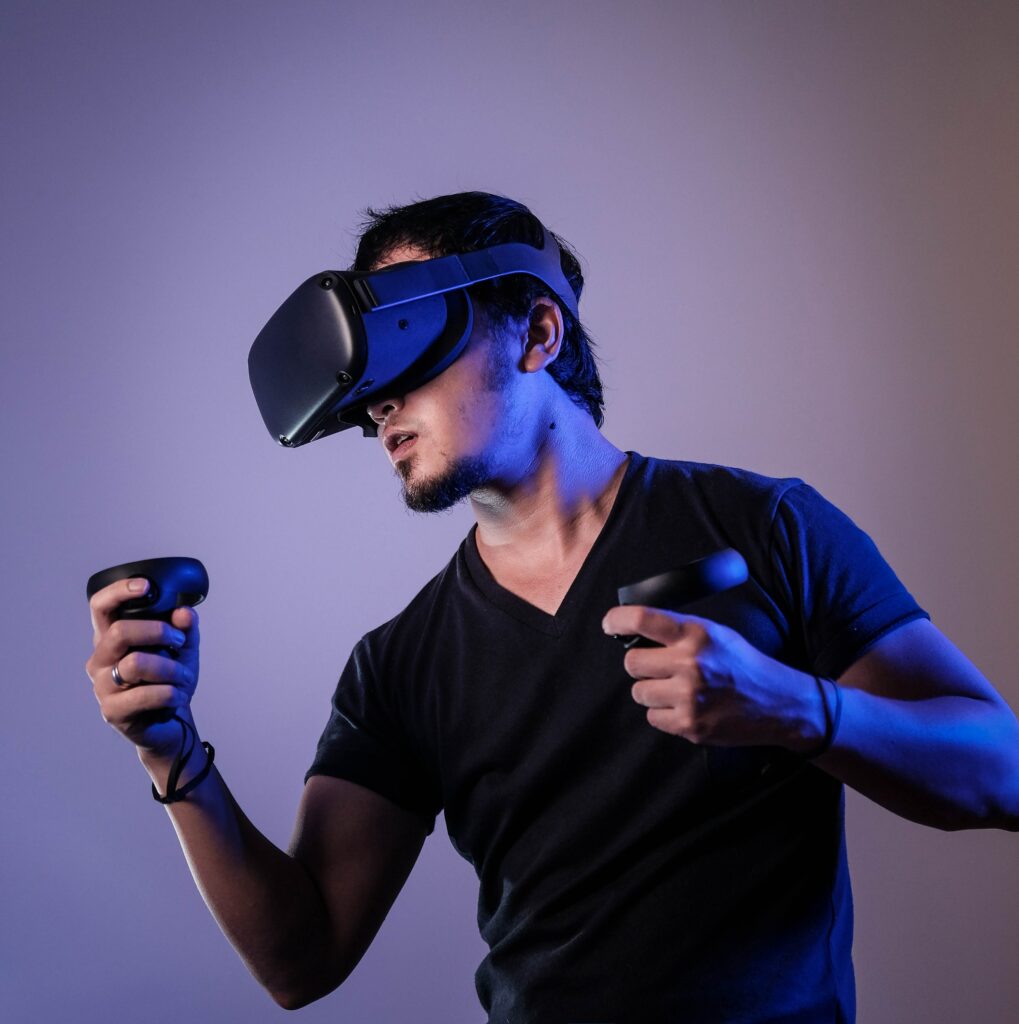
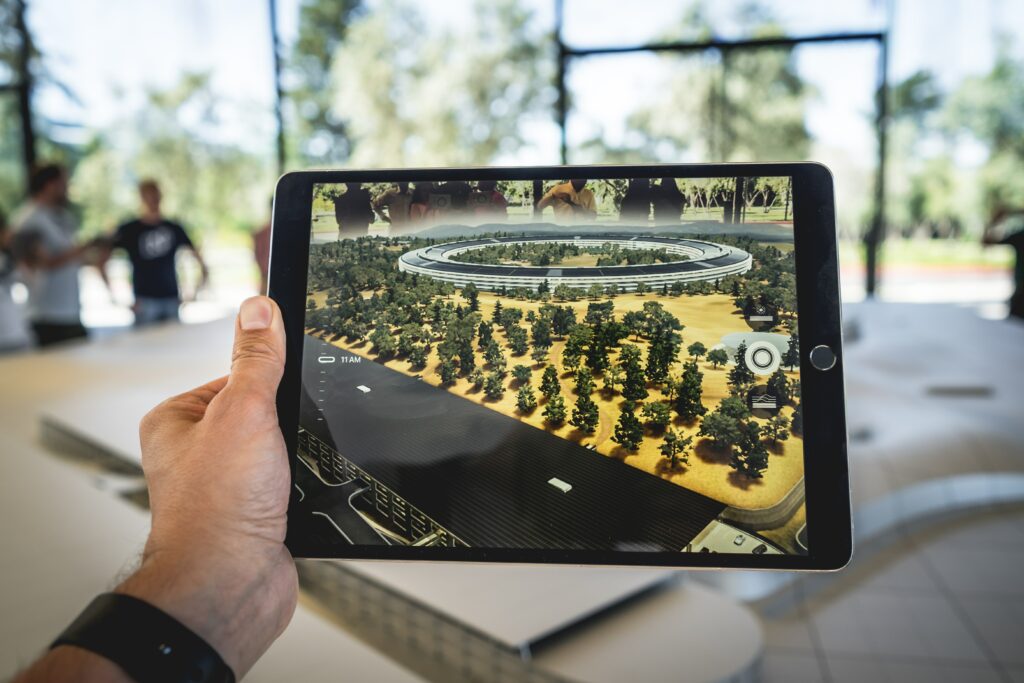


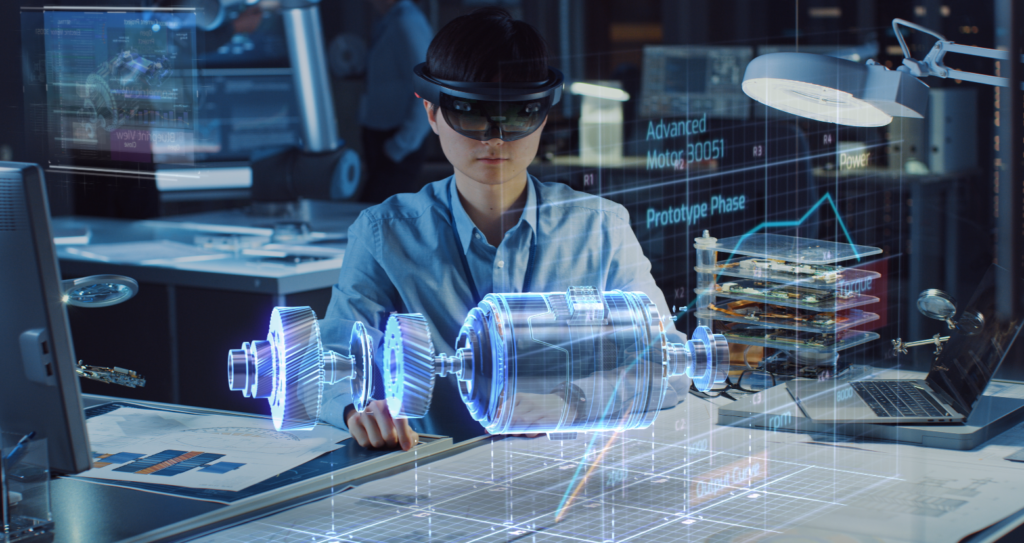











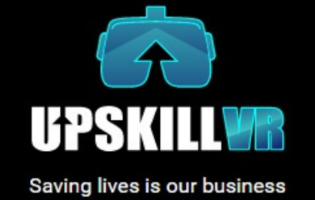



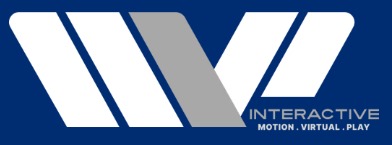

All Rights Reserved by Buzzark Simulations Pvt Ltd, Chennai, India